Ikkat is a beautiful
textile art in which threads are dyed before being woven, resulting in complex patterns in which the edges are slightly blurred. The term derives from the
Malay-Indonesian word for
to tie or
to bind, a reference to the hugely complicated process of
resist dyeing the individual threads before they even hit the loom. In contrast with printed fabrics, where designs rest atop the fabric, Ikkat's patterns are a part of the fabric itself, within its structure, giving them a more vivid, lasting vigor. Such techniques have long been part of Indian heritage - various states such as Odisha, Gujarat and Telangana are known for their specific styles.
Once a favourite of royalty, Ikkat remains relevant today, effortlessly blending into
modern fashion - seen in sarees, kurtas, dresses and even home decor. Its handcrafted nature makes each piece unique, requiring immense skill and time to produce. The result is a fabric that's as rich in tradition as it is in style.












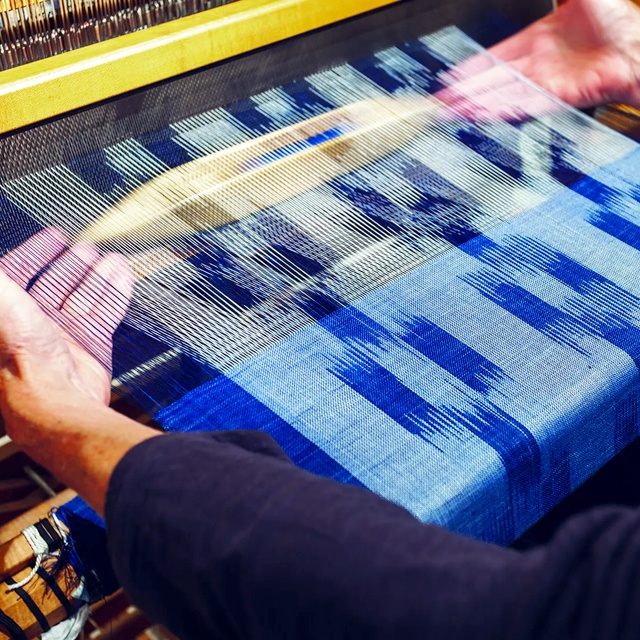
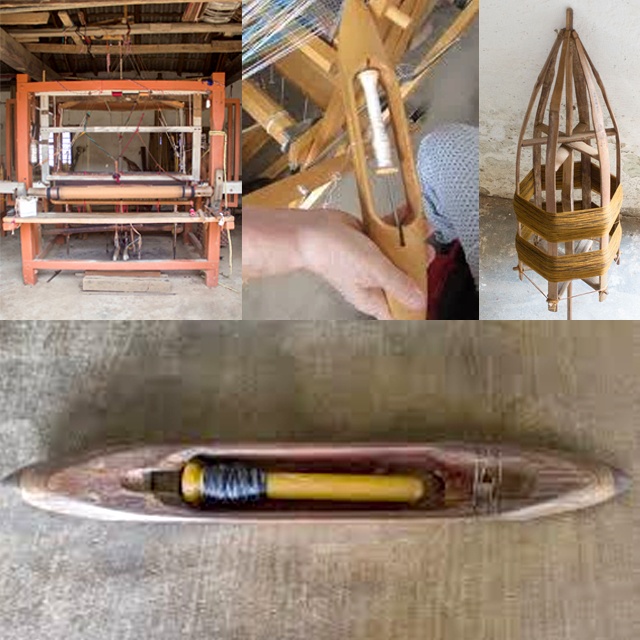


















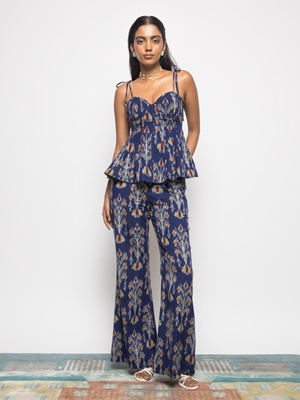





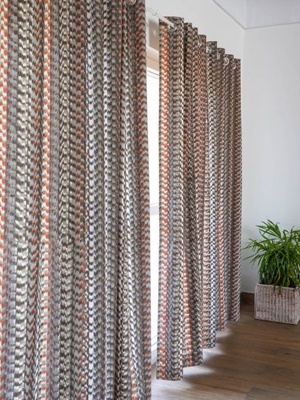
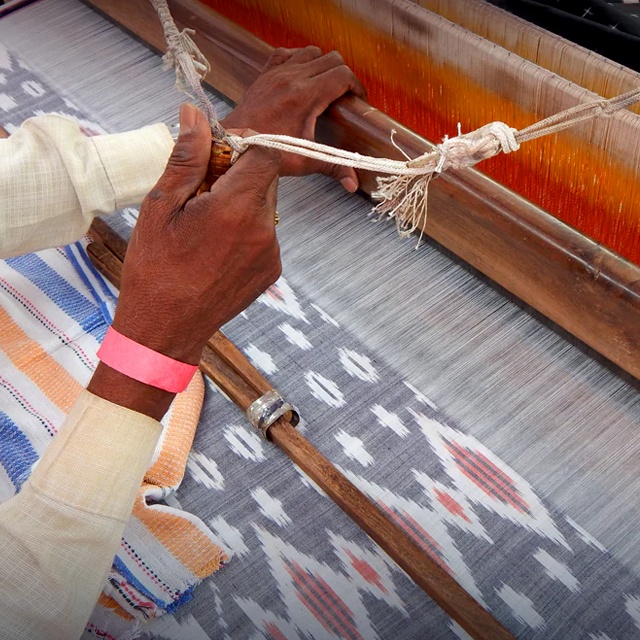

 CONTACT USWaves Institute of Fashion Designing,
CONTACT USWaves Institute of Fashion Designing,